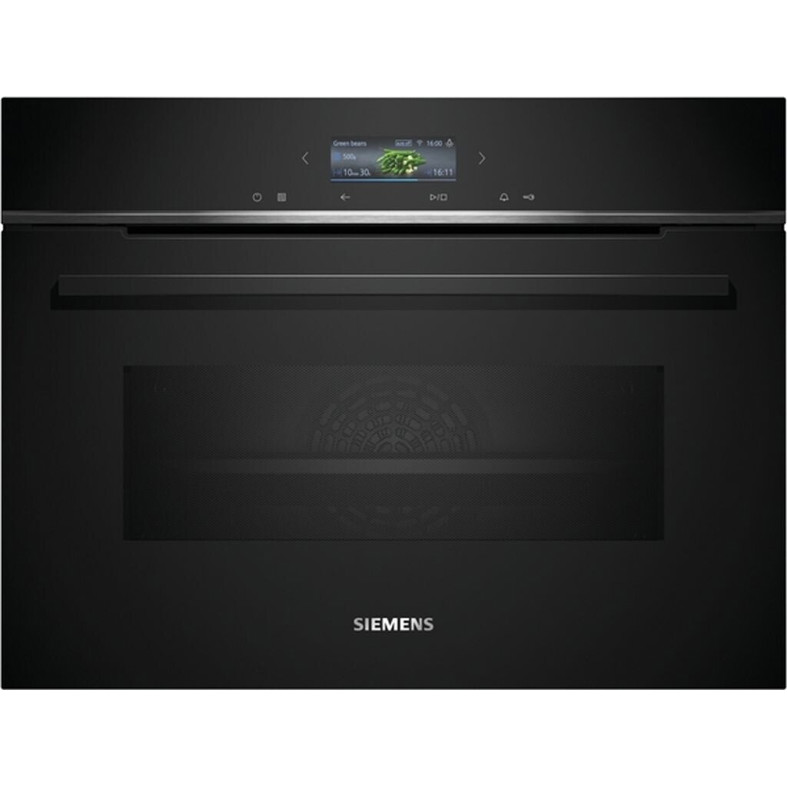Understanding the Steam Oven Test: A Comprehensive Guide
Steam ovens are getting traction in contemporary kitchens due to their capability to cook food more uniformly while maintaining moisture and nutrients. Nevertheless, like any kitchen area appliance, there are subtleties to how steam ovens work. The Steam Oven Test is a vital practice for anyone wanting to maximize the capacity of these versatile makers. Vixaro Versand will dive into the Steam Oven Test, discussing its significance, supplying a comprehensive introduction of steam oven efficiency, outlining the benefits, and answering often asked concerns.
What is the Steam Oven Test?
The Steam Oven Test is an organized method to assess the performance of a steam oven, ensuring that it fulfills cooking requirements and provides ideal results. This test usually involves cooking numerous types of foods-- such as veggies, fish, and meats-- while keeping track of temperature consistency, cooking time, and moisture retention.
Why is the Steam Oven Test Important?
- Performance Evaluation: Ensures the oven operates as marketed.
- Cooking Efficiency: Validates whether it cooks food evenly and rapidly.
- Nutritional Benefits: Confirms that steam cooking retains more nutrients compared to traditional techniques.
- User Experience: Assesses ease of usage and upkeep.
Components of the Steam Oven Test
Performing an effective Steam Oven Test includes numerous components and factors to consider. The following table describes the essential factors to keep in mind:
| Component | Description |
|---|---|
| Temperature Control | Monitor whether the steam oven preserves a consistent temperature for cooking. |
| Humidity Levels | Evaluate how well the oven maintains wetness and produces steam. |
| Cooking Time | Step the real cooking time compared to conventional cooking methods. |
| Food Quality | Assess the texture, taste, and dietary value of the prepared food. |
| User-Friendliness | Figure out ease of operation, cleansing, and maintenance requirements. |
Steps to Conduct the Steam Oven Test
To completely examine the steam oven's performance, follow the steps below:
1. Prepare the Test Foods
Select a variety of foods with various cooking times and moisture requirements, such as:
- Vegetables: Broccoli, carrots, and asparagus
- Fish: Salmon and whitefish
- Meat: Chicken breast and pork tenderloin
- Grains: Rice or quinoa
2. Establish the Steam Oven
Guarantee the steam oven is tidy and all set for use. Acquaint yourself with the control board and settings.
3. Conduct Temperature and Humidity Tests
- Pre-heat the oven.
- Place a thermometer in the oven to keep an eye on temperature level stability.
- Use a humidity gauge to measure steam retention.
4. Cook Each Food Item
Prepare each type of food one by one, noting the following:
- Cooking time
- Temperature level readings
- Steam levels (if your oven has a humidity sign)
5. Evaluate Food Quality
After cooking, taste and assess each item based upon the following requirements:
- Texture (tender, crisp, and so on)
- Flavor (any differences from traditional cooking?)
- Nutritional content (try to find retention of color and structure)
6. Evaluate Your Findings
Assemble the results from your cooking tests in a comprehensive table or a basic summary to identify your steam oven's strengths and weaknesses.
Advantages of Using a Steam Oven
The benefits of steam ovens extend beyond taste. Here's an extensive list of benefits:
- Moisture Retention: Steam prevents food from drying.
- Nutritional Value: Cooking with steam helps retain vitamins and minerals.
- Flavor Retention: Foods prepared in a steam oven preserve their taste and freshness.
- Adaptability: Ideal for preparing a range of foods consisting of baking, roasting, and steaming.
- Energy Efficiency: Generally takes in less energy compared to conventional ovens.
- Less Oil Use: Requires little to no oil, making it a much healthier alternative.
- Easy Clean-Up: Steam helps loosen food particles, streamlining cleansing.
The Limitations of Steam Ovens
Despite their many benefits, steam ovens do have limitations:
- Learning Curve: New users may need time to get used to cooking times and settings.
- Minimal Browning: Steam may not brown food along with standard ovens.
- Preliminary Cost: Higher in advance investment compared to conventional ovens.
- Area Requirements: Can take in more kitchen area space depending on the design.
FAQ: Steam Oven Test
Q1: Can I utilize any water in my steam oven?
A1: Yes, however it's finest to use filtered water to prevent mineral buildup and prospective taste contamination.
Q2: How long does the Steam Oven Test generally take?
A2: The test can take a couple of hours, depending upon the variety of food items being tested and the setup time.
Q3: Is it required to preheat a steam oven?
A3: Most steam ovens do not need preheating, but some meals may benefit from it. Describe the manufacturer's directions for specifics.
Q4: Can steam ovens change traditional ovens entirely?
A4: While steam ovens offer many advantages, they might not fully replace conventional ovens for all kinds of cooking, particularly for items requiring browning or crispiness.
Q5: Are steam ovens appropriate for baking?
A5: Yes! Many steam ovens come with baking functions that enable for excellent outcomes, including damp cakes and bread with a crispy crust.
The Steam Oven Test is an invaluable practice for comprehending your steam oven's capabilities and limitations. By thoroughly assessing the results, one can maximize the advantages of steam cooking, ensuring that meals are both delicious and healthy. With an appropriate understanding of how to use a steam oven successfully, people can raise their cooking experience while delighting in much healthier meals. Whether in a professional kitchen area or in your home, mastering the steam oven can be a game-changer.

